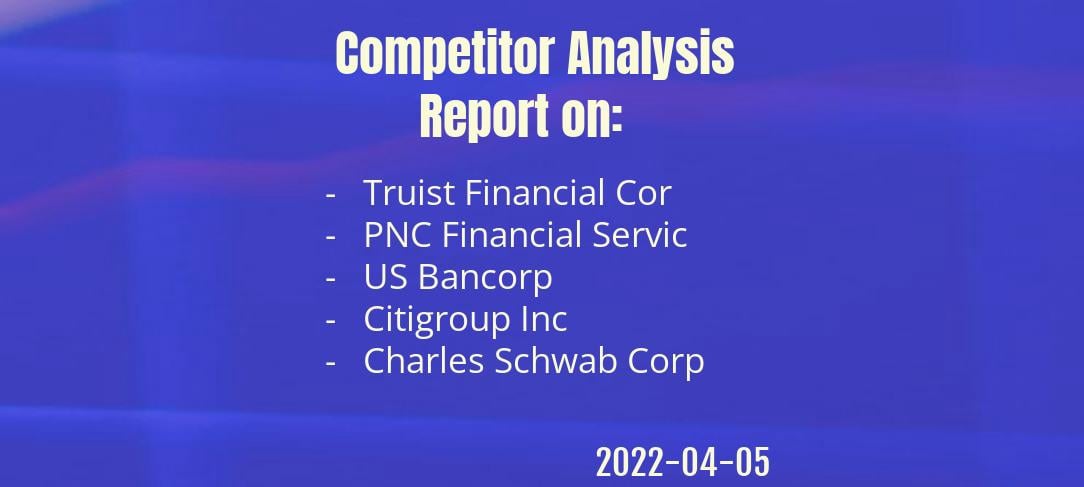Everything you should know about 529 plan
What is 529 plan?
A 529 plan is a tax-advantaged savings account that can be used to help pay for college. It was initially confined to post-secondary education fees, but in 2017 and 2019, it was expanded to include K-12 education and apprenticeship programs. Savings programs and prepaid tuition plans are the two main forms of 529 plans.
Savings plans grow tax-deferred, and withdrawals for eligible school costs are tax-free. Prepaid tuition plans allow account holders to pay for tuition at specific colleges and universities in advance, locking in today’s rates. Qualified tuition programs and Section 529 plans are other names for 529 plans.
529 Plans: What You Should Know
Despite the fact that 529 plans are named after Section 529 of the federal tax law, the plans are managed by the 50 states and the District of Columbia. A 529 account can be opened by anybody, however it is most commonly done by parents or grandparents on behalf of a kid or grandchild who would be the account’s beneficiary. In some places, the person who finances the account may be able to deduct their contributions from their state taxes.
Until it is removed, the money in the account grows tax-deferred. Withdrawals aren’t subject to state or federal taxes as long as they’re spent for eligible school costs, as defined by the IRS.
529 Plans Have Tax Benefits
If the money is utilized for approved school costs, the earnings in a 529 plan are tax-free on both the federal and state levels. With the exception of specific conditions, such as death or disability, all other withdrawals are subject to taxes and a 10% penalty.
For federal income tax reasons, the money you put into a 529 plan isn’t deductible. Contributions to a 529 plan, on the other hand, are eligible for tax deductions or credits in more than 30 states.
If you desire a state tax deduction or credit, you should generally invest in your home state’s plan. Some states will enable you to invest in the stock market if you are ready to forego a tax incentive.
What happens if the recipient does not attend college is one of the most difficult things to answer. In other cases, such as if the child attends a military academy, taxes or penalties are waived. However, if the child just changes his or her mind, the 529 funds may be subject to tax and penalty if withdrawn.
Last but not least
529 plans will be the obvious choice for college savings for many families. Most plans have age-based investing options that will automatically rebalance, taking greater risk when your child is younger and less risk as he or she gets closer to college age. You can open a 529 plan immediately on the website of your state’s plan.




